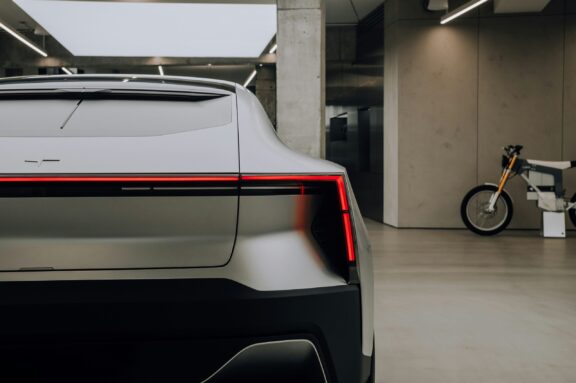

How to maintain your electric vehicle
If you’re one of the 1.6 million electric or hybrid vehicle owners in the UK, you might be wondering how you can maintain and protect its value. So to point you in the right direction, here’s everything you need to know to maintain your electric vehicle.
Do electric vehicles have fewer moving parts than petrol or diesel?
Electric vehicles have fewer moving parts than combustion alternatives. In some instances, petrol or diesel vehicles can have up to 2,000 moving parts, whereas electric vehicles could have as few as 20.
For electric vehicle owners, it could mean you save money on servicing and maintenance by avoiding replacement costs for spark plugs, fuel pumps, exhaust systems and other combustion engine components.
Are electric vehicles easier to maintain than petrol or diesel?
Although electric vehicles don’t require engine oil or timing belt maintenance, they do require regular care of complex electrical components such as high voltage relays, hybrid vehicle (HV) air conditioning pumps and HV inverters.
In both instances, whether electric or combustion alternatives, you’ll also need regular maintenance on standard parts such as tyres, brakes and wipers. For specific maintenance advice, refer to your vehicle handbook or feel free to give us a call.
What are typical repairs on an electric vehicle?
Repairs to electric vehicles are not as common to those of diesel or petrol alternatives. In most cases, electric vehicle repairs will be:
- punctures or other issues with tyres
- problems with 12v battery
- cabin (pollen filter) replacements
If you’re experiencing any of these problems, our qualified HV technicians are here to help. If you’re located within a five-mile radius of our garage in Peacehaven, we also offer a collection and drop-off service.
How to maintain your electric vehicle
If you’re an electric vehicle owner, here are some general maintenance tips to help you stay safer on the road.
Brake maintenance
An electric vehicle’s braking system functions differently to that of a conventional alternative. When your electric vehicle slows down, the regenerative braking system converts lost energy into charging your battery, causing less wear and tear on pads and discs.
To keep your brakes performing at their best, you’ll need to replace pads, discs and brake fluid at times indicated in your vehicle handbook. For more information on how to maintain your brakes, read our guide.
Battery maintenance
Battery maintenance will vary depending on the make and model of your electric vehicle, so it’s always best to check manufacturer recommendations. In most cases, your battery will be most efficient when it’s at 20 to 80% of full charge.
Tyre maintenance
Electric vehicle tyres are specifically designed to cope with the extra weight and acceleration power. Although they may vary from tyres on a diesel or petrol vehicle, the same rules apply when checking their condition.
So to help you stay safer on the road, regularly check tyre pressure, as well as carrying out visual inspections for any tears or tread wear that may affect your traction. For more information on how to maintain your tyres, read our article ‘How to check your tyre tread depth’.
Coolant maintenance
Electric vehicle cooling systems are often sealed components which will need to be checked by a qualified HV technician. How often your coolant will need to be topped up depends on the make and model of your vehicle, so always check your owner’s manual.
Are electric vehicles cheaper to maintain?
According to a 2018 study by automotive data experts, Cap HPI, electric vehicles can be up to 23% cheaper to run than petrol or diesel alternatives over a three-year or 100,000-mile period. Cost savings are largely due to innovations such as regenerative braking systems which cause reduced wear and tear to components.
Get in touch
If you have any questions about your electric vehicle, or want to book in for a service, call our team today on 01273 584987. As part of your electric vehicle service, we’ll also charge your battery for you.